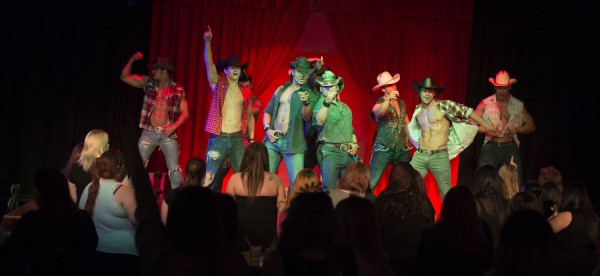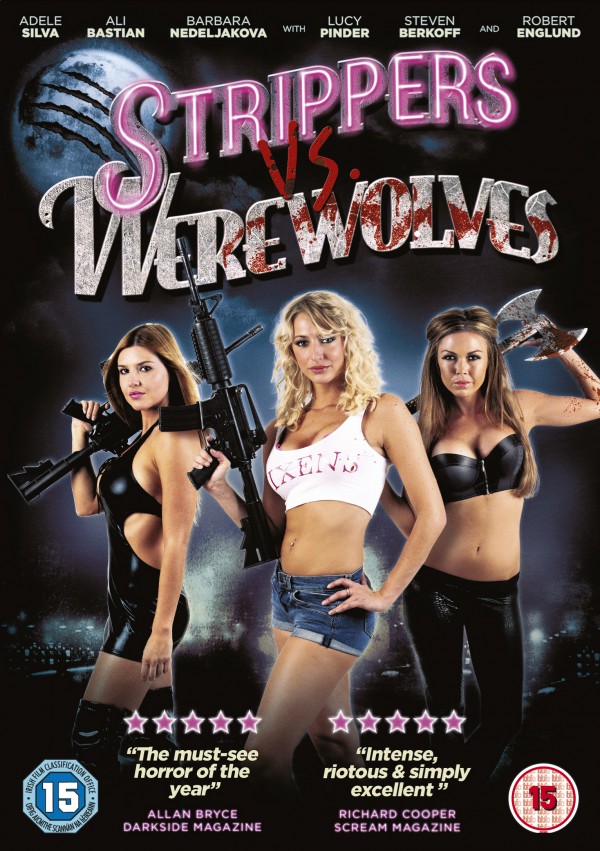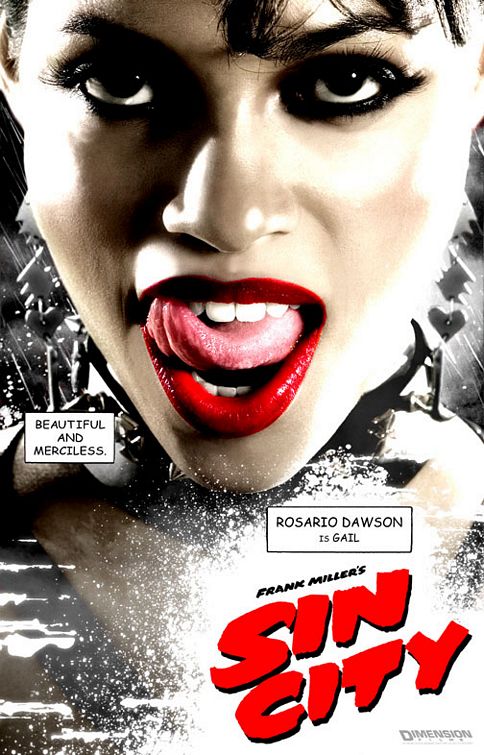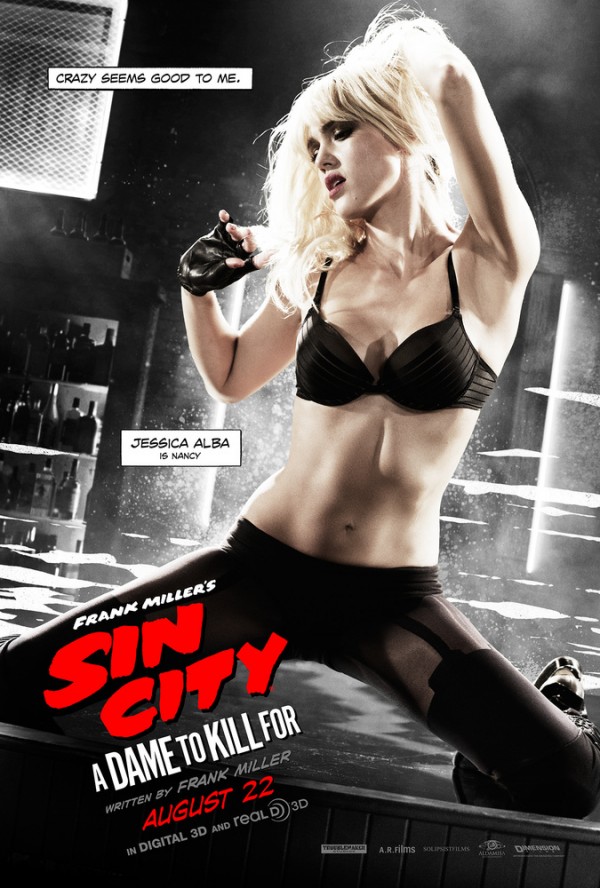Anti-Sex Worker Activists Are Behind #50DollarsNot50Shades
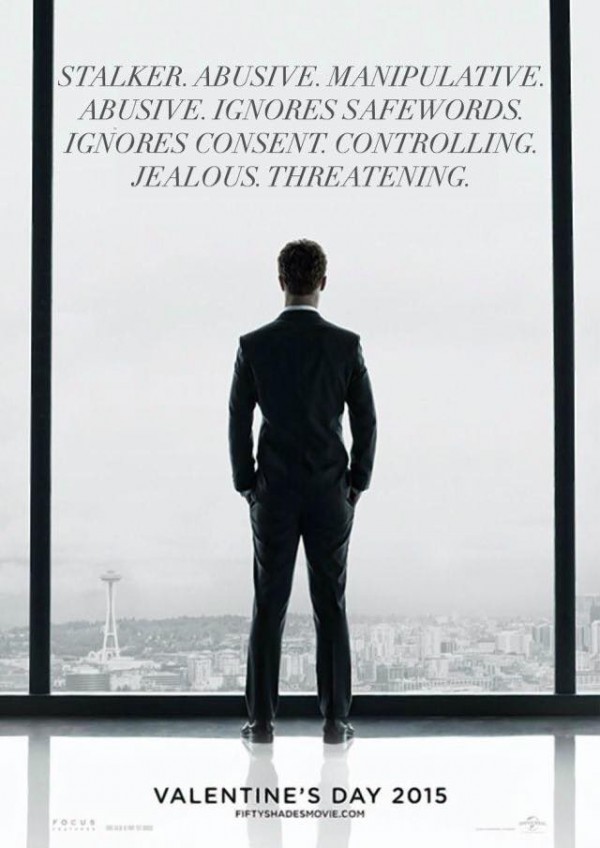
There’s a new campaign circling social media encouraging people to not only look into the abuse and lack of consent within the book Fifty Shades of Grey, but to also boycott the movie, with a philanthropic twist. According to their Facebook page, “#50dollarsnot50shades is a grassroots, women-led campaign, encouraging people to boycott the 50 Shades of Grey movie & give a $50 donation to [a] domestic violence shelter or agency. The money you would have spent on movie tickets and a babysitter or movie tickets, popcorn and drinks will go towards serving victims of abusive relationships like the one glamorized in the 50 Shades series. Hollywood doesn’t need your money; abused women do.”
As someone who not only practices BDSM professionally and personally and dislikes the poor excuse for BDSM erotica that is the Fifty Shades franchise, I thought that this idea was actually quite clever. Instead of supporting a movie and book series whose leading man doesn’t talk about consent with newbie Ana while also meeting all of the signs of being a domestic abuser, why not make a donation to a local women’s shelter for domestic violence? Brilliant.
Or maybe not. The campaign is not as grassroots as it claims, but instead is run by anti-pornography activists. 50 Dollars not 50 Shades is sponsored by the London Abused Women’s Centre (LAWC), the National Center on Sexual Exploitation (NCSE), and Stop Porn Culture. It is also affiliated with PATHS of Saskatchewan, AntiPorn.org and Pornography Harms which is apparently part of the NCSE.
